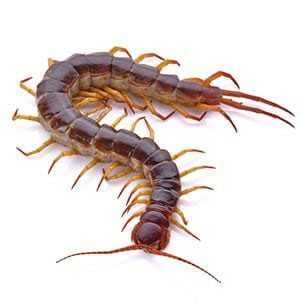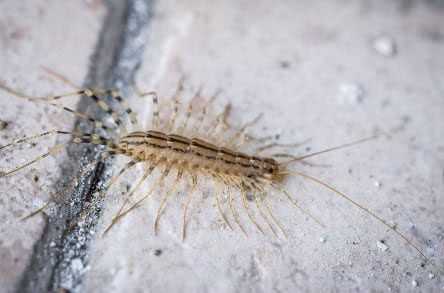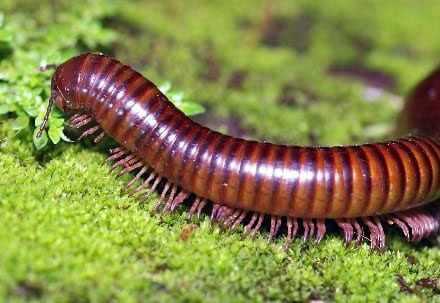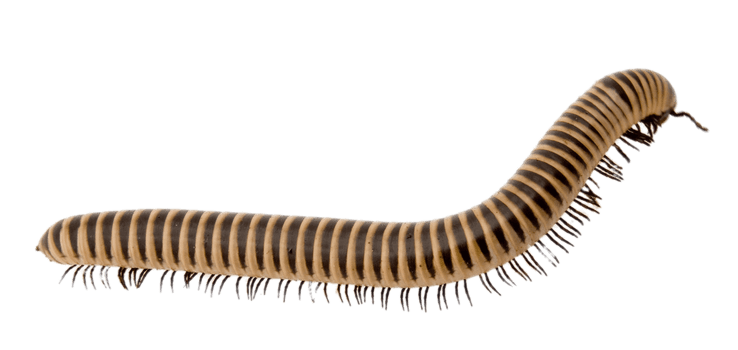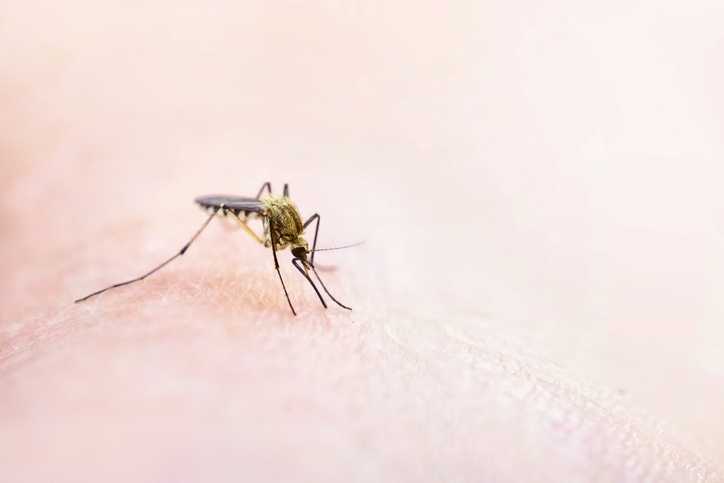Centipedes & Millipedes
"*" indicates required fields
Centipede (Chilopoda)
Treatments for this pest are included in these services:
Centipedes and millipedes are both arthropods that are known to have long, segmented bodies with many legs. These bugs are extremely common and have been found on every continent except Antarctica.
While both of these invertebrates can be beneficial for your landscape—as millipedes break down rotting material and centipedes prey on other garden pests—an overabundance of them can be unsettling. It’s important to learn about the similarities and differences between centipedes and millipedes to give you a better understanding of why you’re seeing these occasional invaders around your home or business.
How to Identify Centipedes and Millipedes
At first glance, it may be difficult to distinguish between a centipede and a millipede. But if you take a closer look at their characteristics and behaviors, you’ll be able to spot the differences between centipedes and millipedes.
Centipede Features
Centipedes, belonging to the class Chilopoda (meaning “lip foot”), have legs that spread away from the body. They also have modified legs on their first body section that closely resemble mouthparts with venomous claws called “forcipules.” Behaviorally, a centipede will scurry away immediately when discovered, but they will sting you if threatened.
Millipede Features
Millipedes, belonging to the class Diplopoda (meaning “double foot”), have legs that point straight to the ground. They possess two pairs of legs per segment of their body, as opposed to the one pair of legs per segment that centipedes have. When encountered, a millipede will curl up and stay motionless.
How to Prevent Centipedes and Millipedes
Finding centipedes and millipedes in your home or business can certainly give you the creeps. Fortunately, there are steps you can take to prevent them from coming in and taking over:
- Eliminate any unnecessary moisture in your home, as centipedes and millipedes are attracted to damp areas.
- Seal any holes, cracks, or crevices that might be used as a pest entry point.
- Declutter to get rid of any places centipedes and millipedes can use to hide.
Find Centipede and Millipede Control in Your Local Area
Do you have a centipede or millipede infestation that’s crawling out of control? You can count on PURCOR to provide high-quality pest control services. No matter if these insects are invading your home or business, there’s not a task too big or too small for us to handle. Contact us today for a quote!

